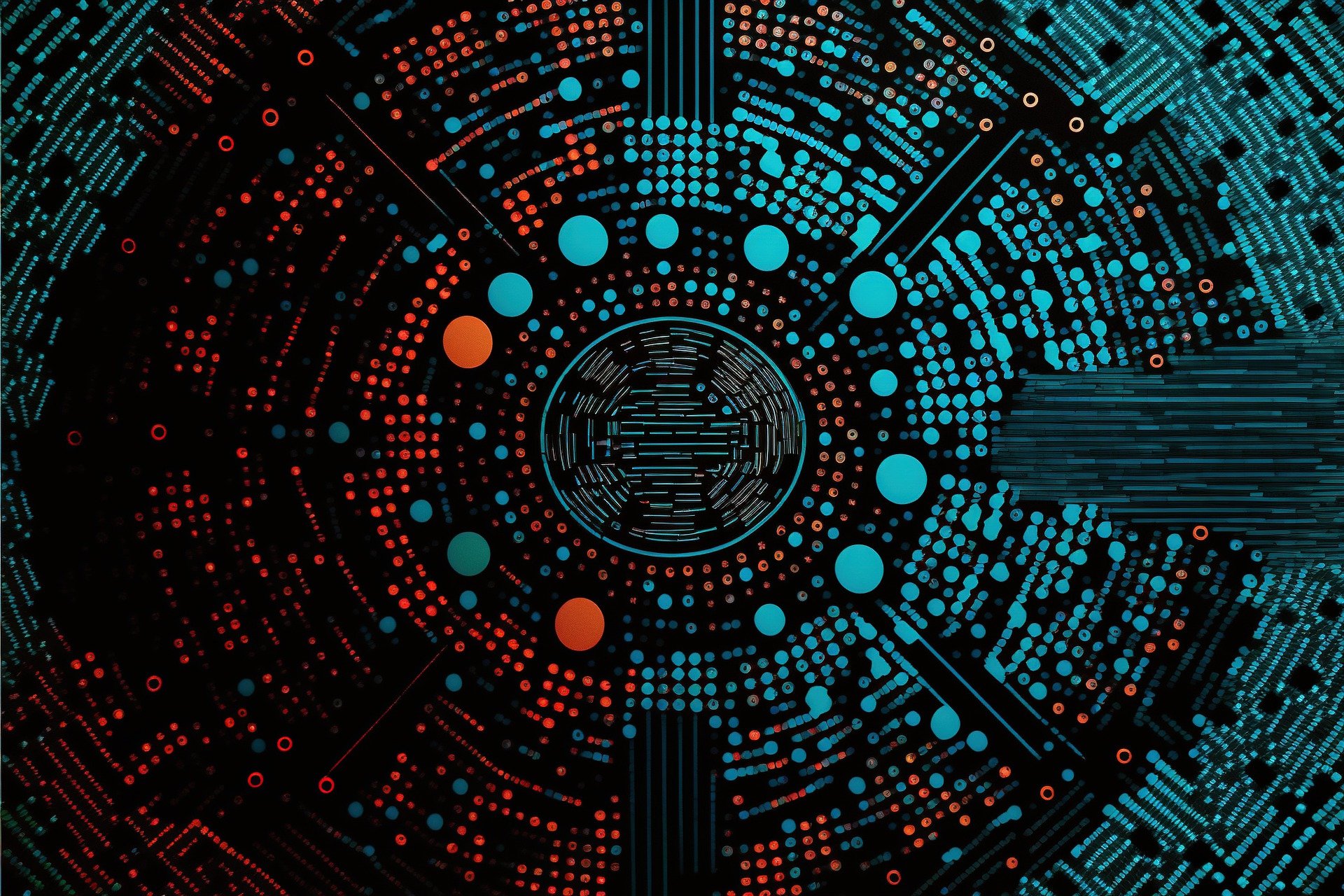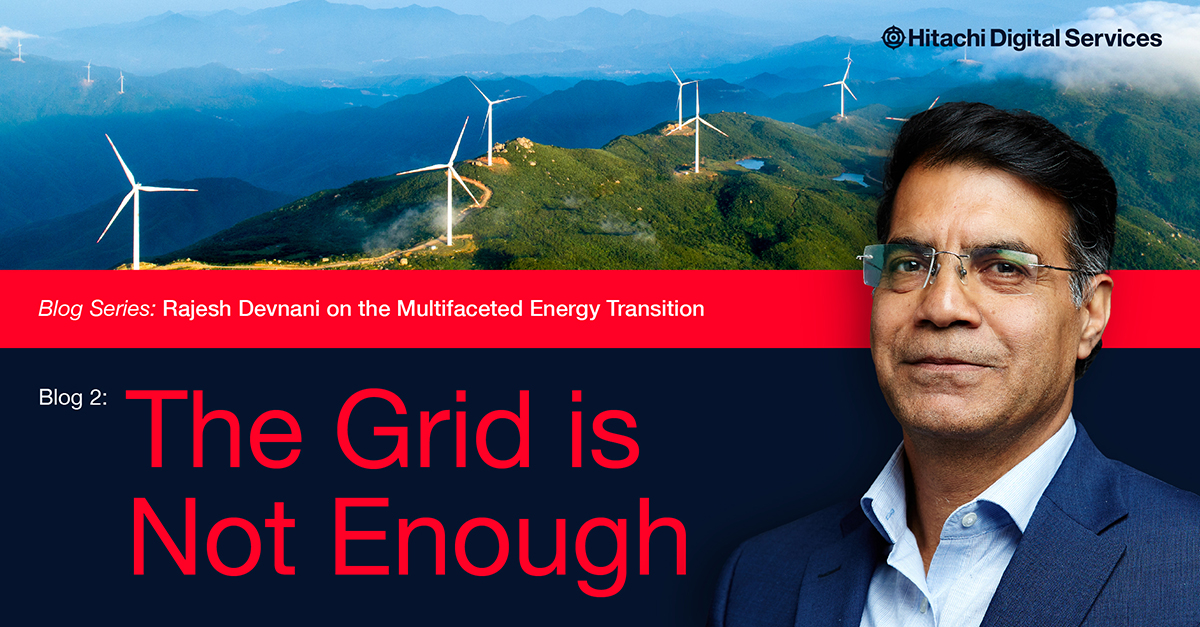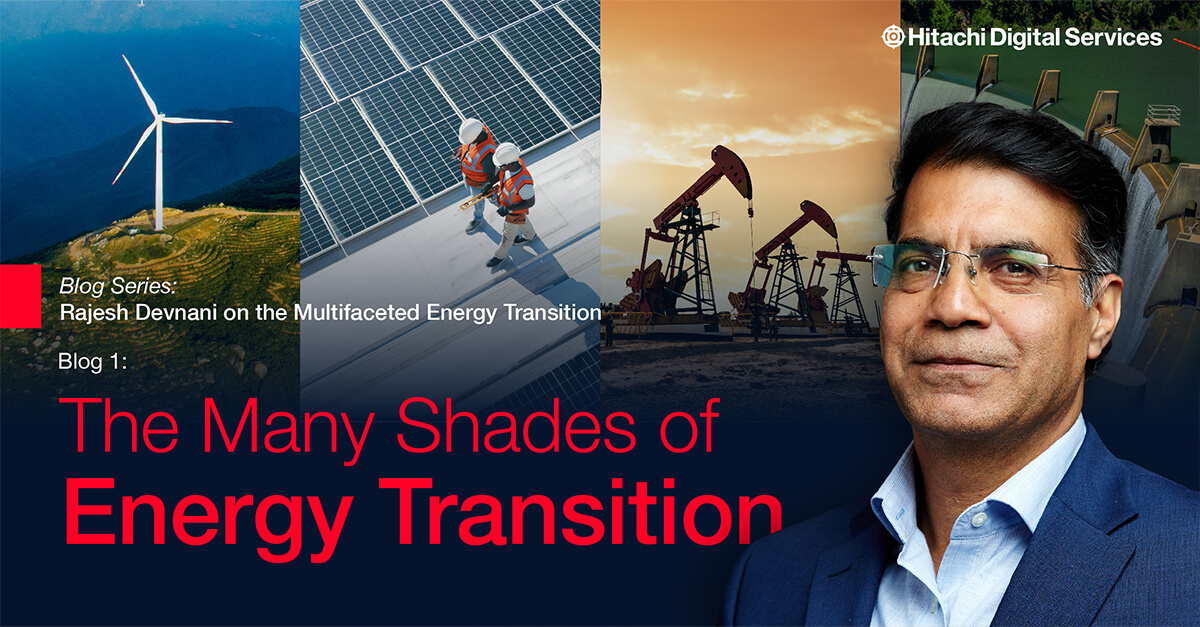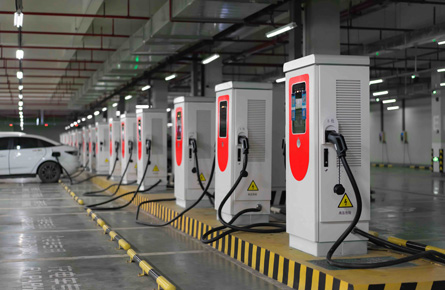December 16, 2024
This blog is based on a conversation between Anthony Allard, Executive Vice President and Head of North America at Hitachi Energy, and Roger Lvin, CEO of Hitachi Digital Services. Together, they explore the transformative potential of AI and digital innovation in the energy sector and their role in driving the global transition to sustainability.
By 2050, the world’s energy demand is expected to grow by nearly 50 percent1, making the transition to sustainable energy more critical than ever. What if AI is the key to unlocking a sustainable, net-zero future? As the world races to address the urgency of climate change, the energy transition is emerging as a crucial battleground for achieving global sustainability goals. Yet, while digital innovation and AI promise a sustainable future, the road ahead is not without its hurdles.
Challenges of the Sustainable Energy Transition and Adopting Digital Infrastructure
The global energy system is undergoing one of its most significant transformations. One of the biggest hurdles is the shift to electricity as the primary energy source. To achieve this, we must scale up power generation from carbon-free sources like wind and solar while ensuring that grid infrastructure can deliver energy efficiently where it is most needed. In the United States, for example, renewable energy sources are often located in the central regions, while demand is concentrated on the coasts.
“Investing in grid infrastructure is crucial,” said Anthony Allard, executive vice president and head of North America at Hitachi Energy. “We need to expand and modernize our grid to accommodate these renewable sources and manage the intermittency that comes with them. It’s a significant investment, but one we must make.”
Equally important is the digital infrastructure supporting this shift. Many organizations face the dual challenge of cutting carbon emissions across their operations while transforming their systems to embrace sustainability. This requires organizations to be transparent and accountable in how they track and report their sustainability metrics. However, outdated systems and fragmented data sources can delay this progress.
“Our customers are focused on building systems that deliver transparency,” said Roger Lvin, CEO of Hitachi Digital Services. “Accurate data is crucial for tracking progress toward sustainability goals, and therefore data maturity and data access represent a high priority for them.”
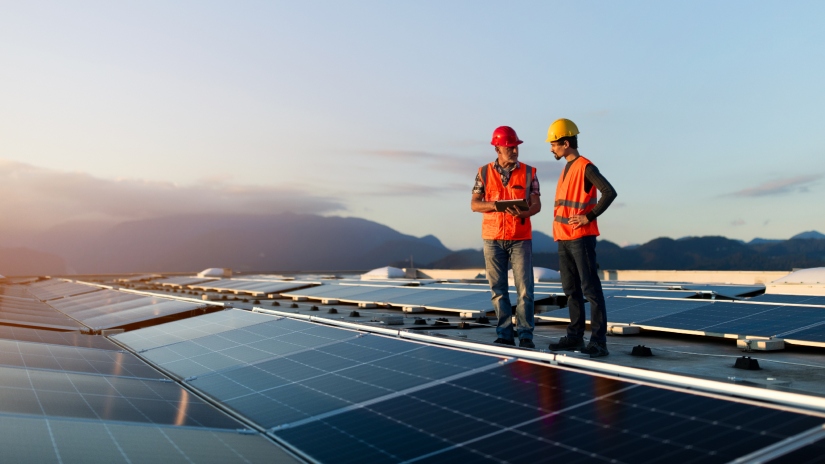
The Role of AI in the Journey to Net-Zero
AI holds immense potential in driving sustainability by offering specialized, targeted solutions across industries. While enterprise adoption of AI is still in its infancy, the transition from proof-of-concept to real-world applications is already happening. In manufacturing, for example, AI is dramatically improving efficiency.
“We worked with a packaging company to reduce the amount of material used in production by 60 percent,” Lvin said. “This kind of innovation directly impacts the carbon footprint of industries like paper manufacturing.”
In the energy sector, AI is enhancing the stability, resilience and security of power grids. As renewable energy adoption grows, AI helps utilities manage resources more effectively. For example, Hitachi Energy has developed a vegetation management solution that uses satellite imagery and other data inputs, coupled with AI, to enable utilities to plan better and manage the maintenance and removal of trees near their lines and other electrical infrastructure. This helps prevent wildfires and reduce outages by deploying crews where they are most needed.
“AI is becoming a central part of conversations with our utility customers,” Allard said. “We are helping them use digital technology to ensure the grid is reliable and resilient, which is critical as we integrate more renewable energy.”
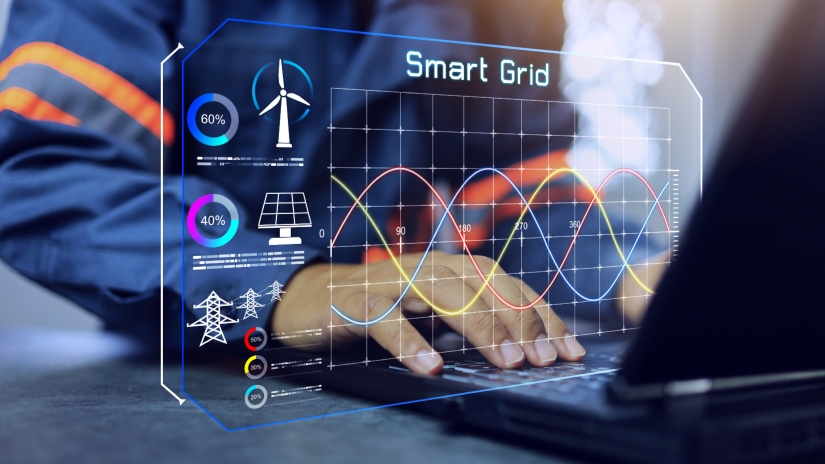
Investing Forward
The energy transition is a long-term endeavor that requires significant investment in infrastructure, technology and people. Hitachi Energy has committed $6 billion over the next three years to expand manufacturing capacity, hire more people and invest heavily in R&D. This commitment stems from customer conversations and the understanding that the energy sector’s transformation requires a long-term approach, focused on the next 10 to 15 years.
This forward-thinking strategy is essential for accelerating deployment of technologies needed to advance energy transition, and the next 15 years will be crucial in reshaping the energy landscape. The industry will need to rethink how it deploys and manages energy systems, recognizing that traditional approaches will not suffice to meet the speed and scale required for the energy transition.
“I am optimistic about the future,” said Allard. “As an industry, we are starting to take the right steps. Long-term partnerships and collaboration will be key to success, and we see our customers coming on this journey with us.”
The expansion of transmission grids and the integration of digital technologies will be essential to building a resilient, flexible and secure energy system. By investing in these areas now, we can lay the foundation for a sustainable energy future.
On the digital front, innovation is accelerating faster than ever. The convergence of the physical and digital worlds — once seen as separate — now offers new opportunities for optimization and efficiency. For instance, digital twin technology, which helps organizations simulate and optimize the deployment of projects before they are implemented in the real world, is already being used.
“The tools we have today are far more advanced than those we had a decade ago,” said Lvin. “The connection between physical devices and digital technology is growing at an exponential pace, and this opens up incredible opportunities for businesses to tackle challenges that previously appeared insurmountable due to their scale and complexity.”
The Road to 2030
Looking ahead to 2030, AI and digital innovation will drive the transition to a sustainable future. Both the energy and digital sectors are set to undergo transformative changes. Expanding carbon-free energy generation and the modernization of the power grid will be essential to meeting global sustainability goals, while AI and digital will play an increasingly pivotal role in optimizing energy use and reducing carbon emissions across industries.
Hitachi Digital Services is committed to driving a more sustainable world through digital innovation. Learn about Hitachi Digital Services’ journey to accelerate solutions within environmental, social and governance (ESG) and our commitment to Net-Zero fiscal year 2050.





